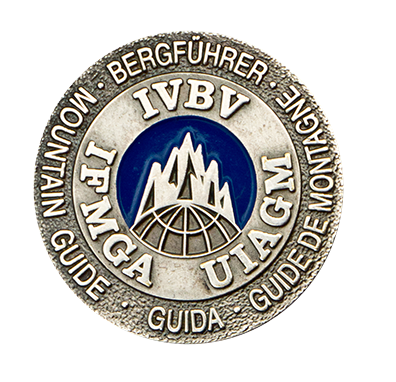Ninety-nine percent of the time rescue gear is just dead weight in your pack. The trick is not lugging around excess gear, while simultaneously being ready for the shit to hit the fan. In the backcountry it's all good until it's not. Then it's really bad.
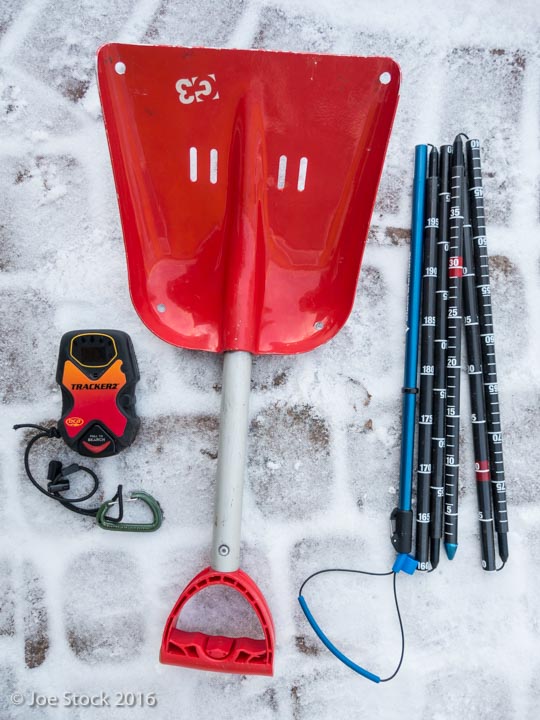
Of course beacon, shovel and probe in avalanche terrain.
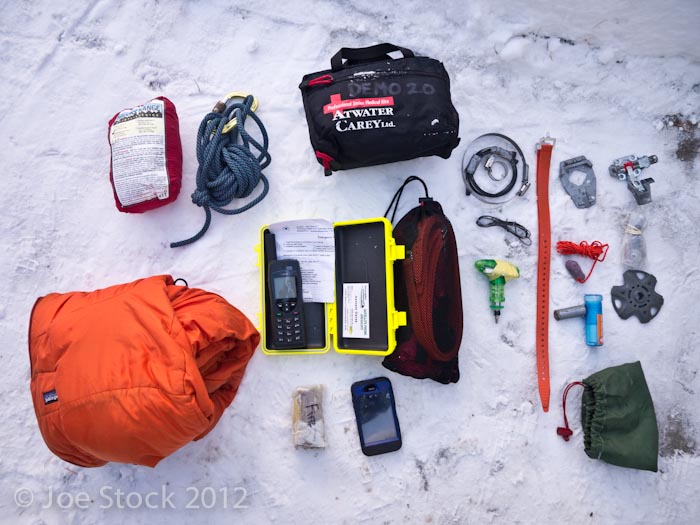
Guiding emergency kit. In more remote settings, like fly-in trips or with larger groups, more gear is needed. I dole this stuff out each day to share the load.
29 oz Guiding first aid. This could be smaller.
20 oz Sat phone with contact sheet. Most of Alaska doesn't have cell reception.
6 oz Cell phone. Some places do have reception in Alaska.
9 oz Brooks Range Ultralite Mini Guide Tarp.
21 oz Repair kit
3 oz Fire starter, since bushline is often just down in the valley.
24 oz Brooks Range Ultralite Rescue Sled, for larger groups or in super-remote settings.
18 oz Extra puffy layer of clothing.
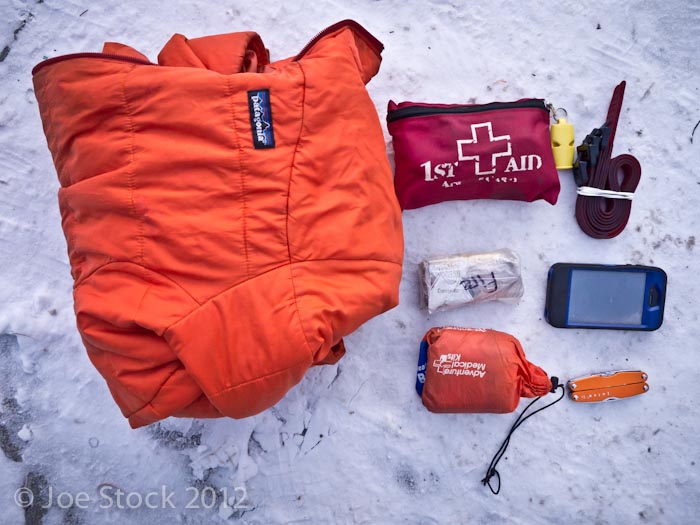
Everyday backcountry emergency kit.
8 oz First aid
4 oz Space blanket
6 oz Cell phone
3 oz Fire starter
4 oz Ski straps for emergency sled.
18 oz Extra puffy layer of clothing.
4 oz Leatherman Juice S2
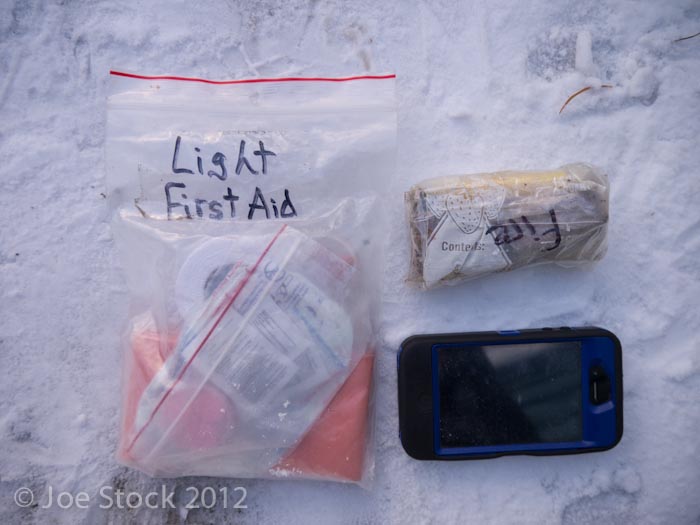
The ultra-light kit for mountain running, fast ski tours, mountain biking, etc.
5 oz Space Blanket and first aid (tape, Ibuprofen, Benadryl)
6 oz Cell phone
3 oz Fire starter and lighter
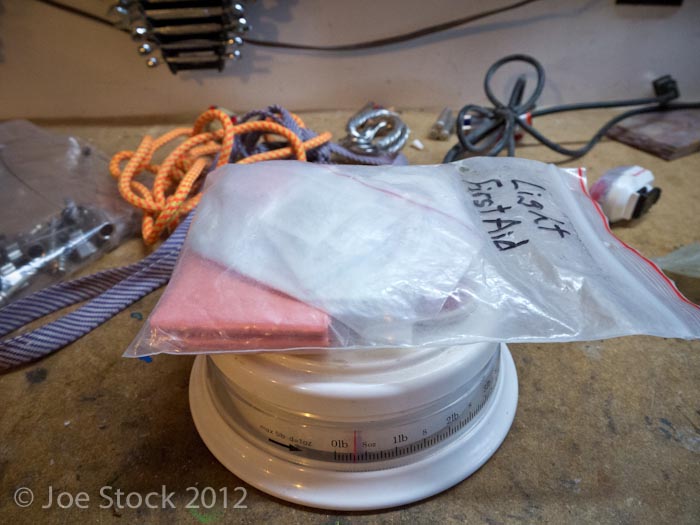
Weighing gear with a $10 food scale.
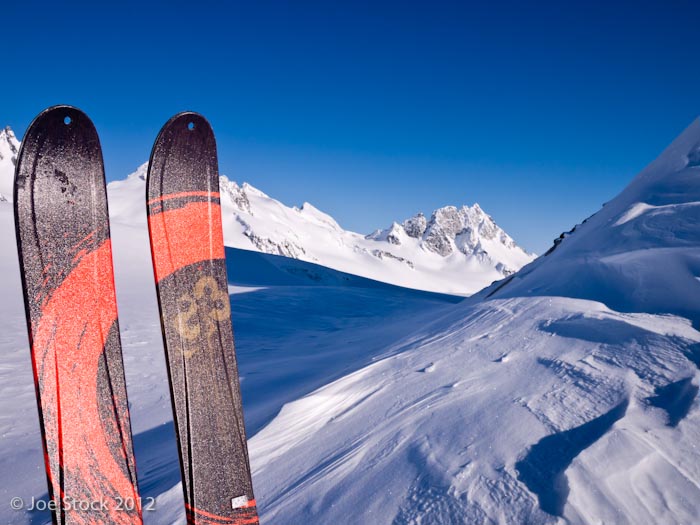
Drill 1/4-inch rescue holes in your ski tips and seal them with epoxy. Without rescue holes it is even more difficult to make a rescue sled. Preferably these holes are drilled in the victim's skis.
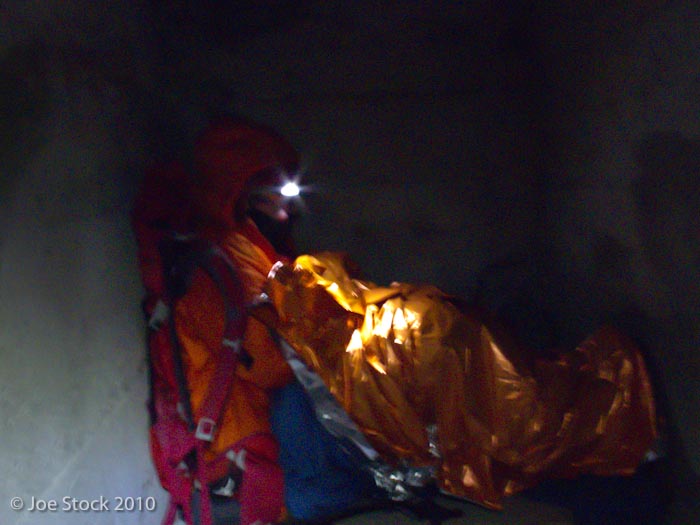
Here's my wife and I bivouacing in a concrete water tank on a pre-season attempt on the Haute Route. The Dix Hut was five minutes away, but we already triggered one avalanche and would've triggered another. You don't need rescue gear, until you really need it.
